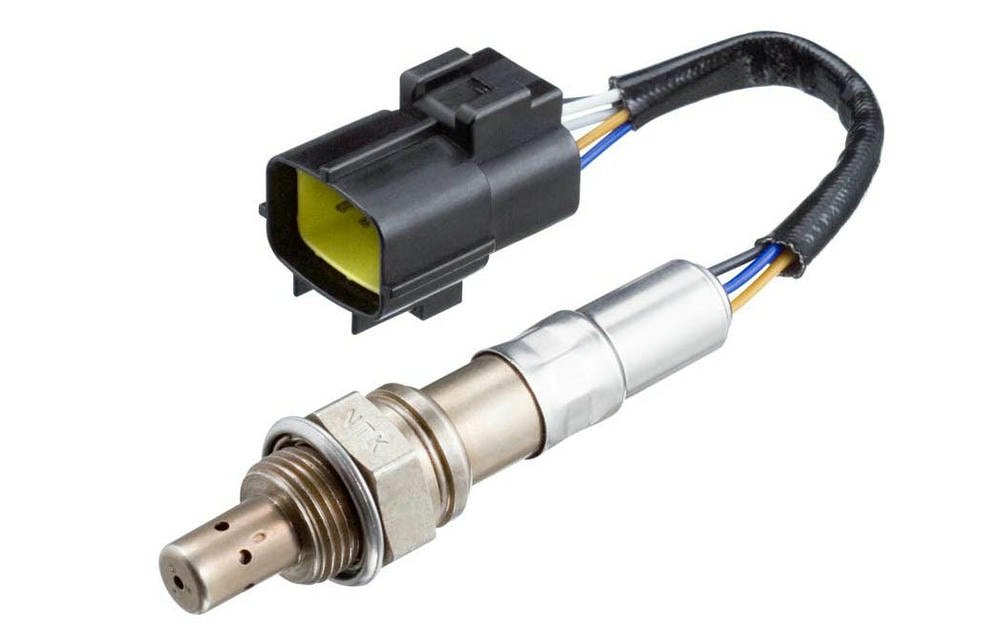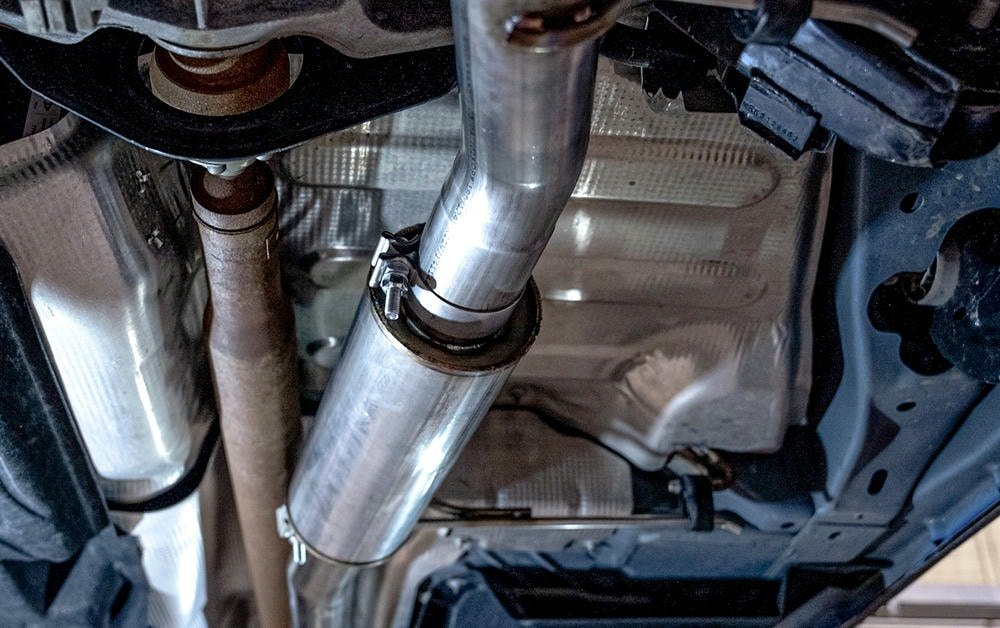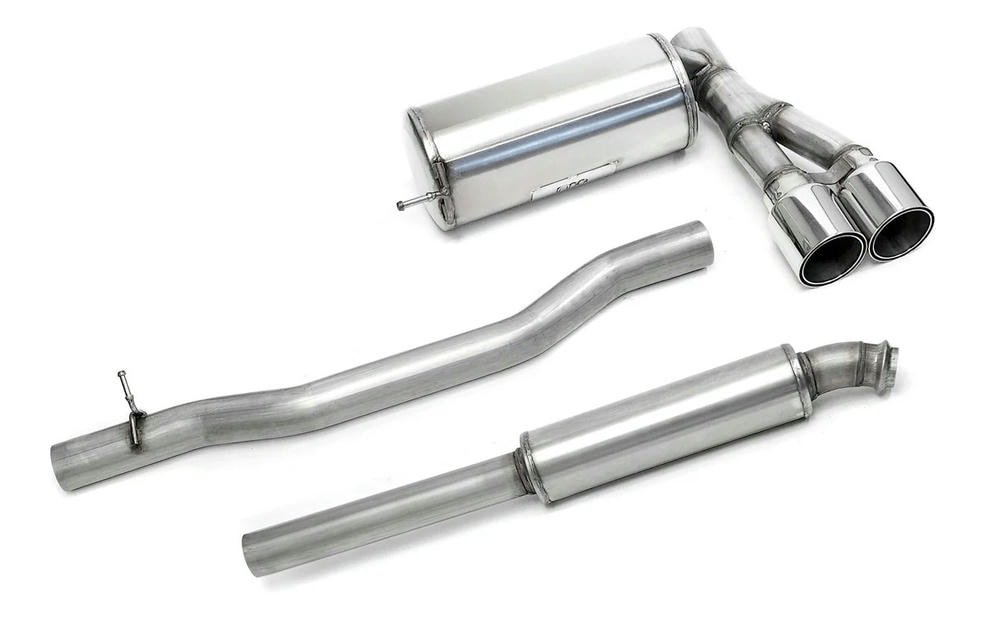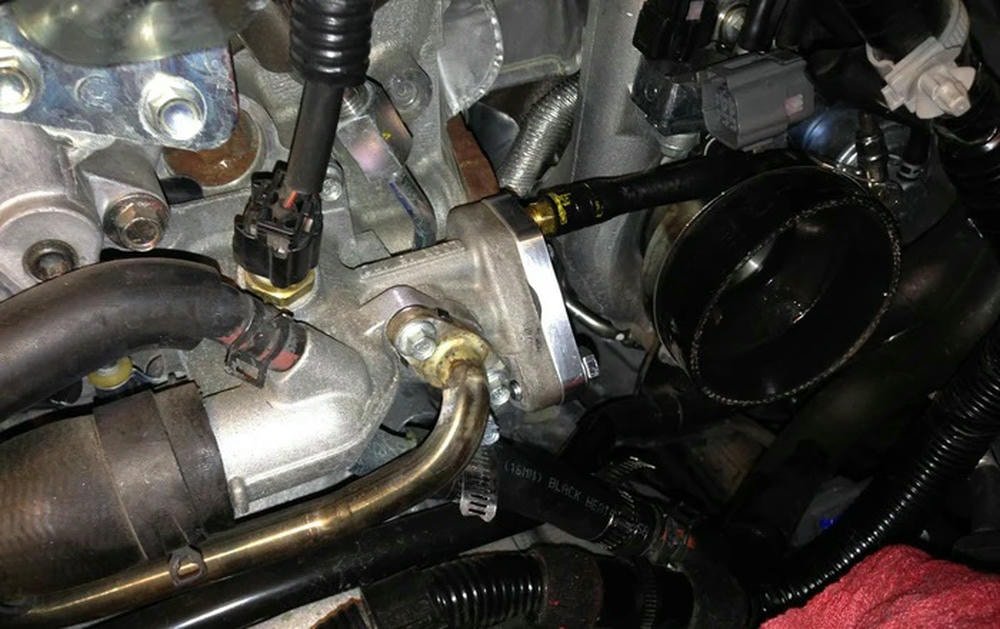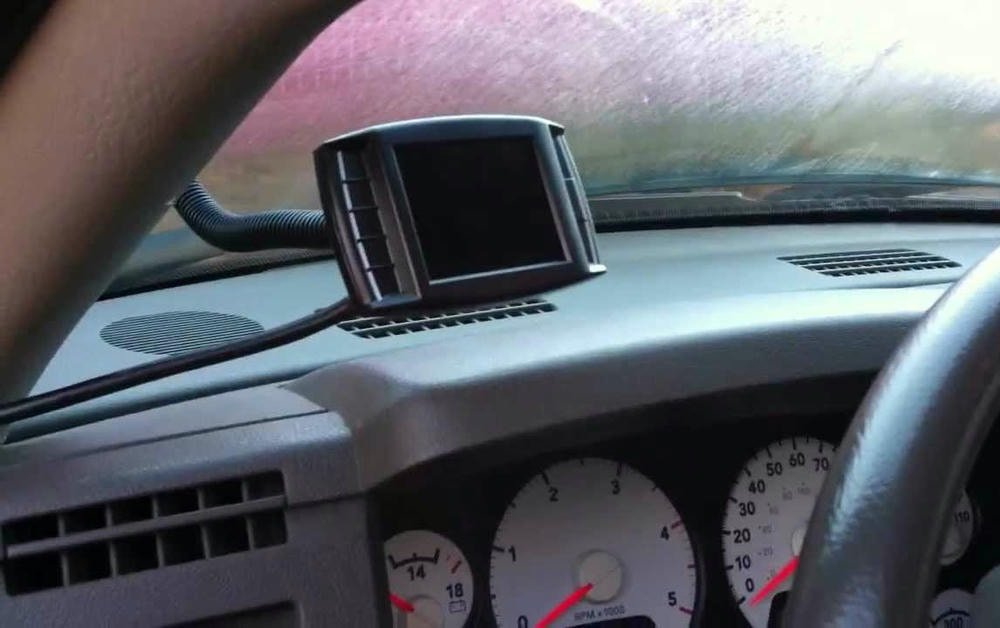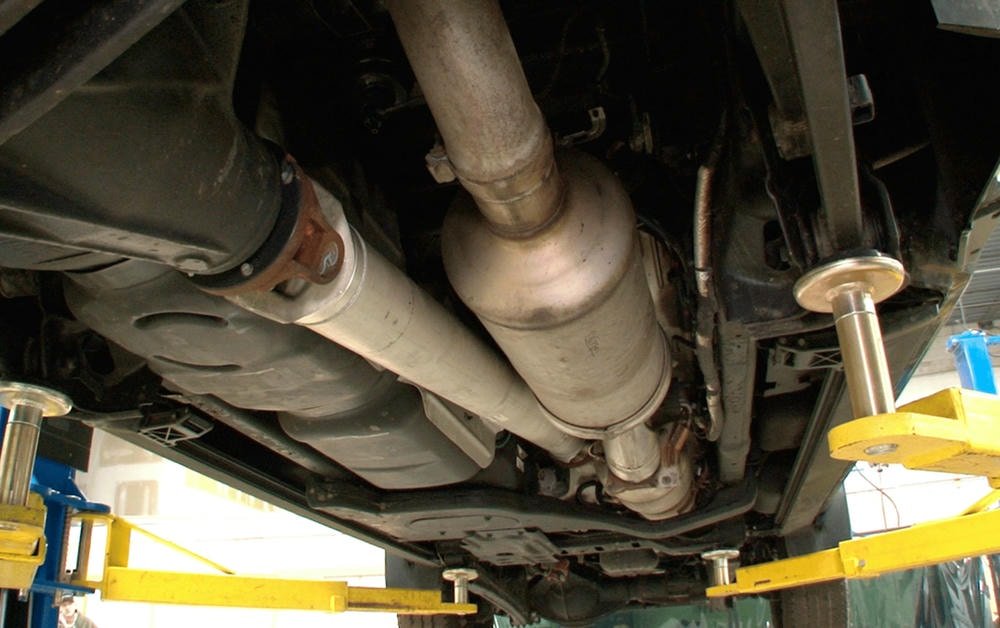This article talks about why engine sensors und wiring systems are very important for a car’s performance. Engine sensors help make sure cars use less fuel and keep the air cleaner by managing how much fuel mixes with air and how it burns.
Wiring systems are important too because they help signals from these sensors reach the car’s computer correctly. This makes sure your truck runs smoothly. If these sensors or wires get damaged, your truck might lose power, use more fuel, and pollute more.
Checking and fixing these parts often can save you money on bigger repairs later on. Read on to find out just how crucial these systems are for keeping trucks running their best.
Inhaltsübersicht
Umschalten aufThe Role of Engine Sensors in Performance
Engine sensors play a key role in keeping cars running at their best. They check things like how much fuel mixes with air, if the engine is knocking, and make sure burning happens right to keep the car efficient and less harmful to the environment.
These checks help with using less gas and cutting down on bad air from exhausts.
Monitoring and Adjusting Air-Fuel Ratios
Diesel-LKW owners know the air-fuel ratio is key for performance. This balance affects power, emissions, and fuel efficiency. The oxygen sensor plays a big role here. It checks how much oxygen is in the exhaust gases.
Then it tells the engine’s computer how to adjust the fuel-air mixture.
For better understanding, think of a time driving uphill with a heavy load. If the air-fuel ratio is off, the truck might feel weak or use too much diesel. But with accurate sensors like the MAF sensor and proper adjustments by the ECM (Engine Control Module), power stays strong without wasting fuel.
Getting the air-fuel ratio right means more miles per gallon and fewer trips to fill up.
Ensuring this balance requires good sensors and wiring systems that work well together. They send and receive signals fast, keeping everything running smoothly.
Detecting Knock and Adjusting Timing
Engine sensors, like the knock sensor, play a big role in keeping a diesel truck running smoothly. The knock sensor listens for the sound of knocking or pinging in the engine – signs that combustion isn’t happening right.
When it hears this, it sends a signal to the engine control unit (ECU). The ECU then changes when the fuel burns by adjusting ignition timing. This helps prevent damage and keeps performance up.
A person once found their truck was not as powerful as before. They checked and discovered the knock sensor was not working well. After replacing it, their truck ran better than ever.
Adjusting timing is key for power and stopping harm to the engine from bad combustion. Keeping these sensors in good shape means better fuel use and more power on the road.
Ensuring Optimal Combustion Efficiency
For diesel truck owners, ensuring optimal combustion efficiency means their trucks run better and use less fuel. Good combustion helps reduce emissions too. Trucks have devices like oxygen sensors and pressure monitors to check how well fuel burns in the engine.
These tools give feedback to the truck’s computer system. The system then adjusts things like air flow and fuel mix.
One truck owner talked about how replacing a faulty oxygen sensor improved his truck’s power and cut down on black smoke from the exhaust. This change made his vehicle more efficient on long hauls.
Sensors need accurate wiring to send correct data to the engine’s computer. Good wires mean no mixed signals are sent, keeping everything running smoothly.
Impact on Emissions and Fuel Efficiency
Engine sensors play a big part in cutting emissions and making trucks use less fuel. They check the air-fuel mix, making sure it burns just right. This cuts waste and harmful gases that go into the air.
Sensors like the oxygen (O2) sensor and manifold absolute pressure sensor are key players. They help meet tough emission rules by keeping an eye on exhaust quality and engine pressure.
A better run engine means cleaner air and lower fuel bills.
Wiring systems make sure these sensors work without error. Good wires mean accurate data goes from sensors to the truck’s brain, the control unit. This helps adjust how much fuel goes into the engine for maximum efficiency without extra pollution.
So, good wires save money on gas and help keep our air cleaner.
The Role of Wiring Systems in Performance
Wiring systems in cars make sure the engine parts get the power they need and that data moves correctly between sensors. This helps your car run smoothly and keeps its performance top-notch.
To learn how this works and why it’s so important, keep reading.
Reliable Power Delivery to Engine Components
Engines in diesel trucks need strong electrical systems. These systems make sure power gets to parts like spark plugs, fuel injectors, and sensors. Without good wiring, these parts won’t get the energy they need.
This could lead to poor performance or even engine damage.
A diesel truck owner found that upgrading their wiring system improved their engine’s efficiency. They saw better fuel economy and smoother running after the upgrade. This shows how vital reliable power delivery is for keeping a truck in top shape.
Ensuring Accurate Sensor Data Transmission
Wiring systems in diesel trucks play a key role in making sure engine sensors work right. These sensors track everything from air-fuel ratios to Auspuffanlage performance. For accurate sensor data transmission, wires must be in top shape.
They carry signals from parts like the mass airflow sensor and the crankshaft position sensor to the engine’s computer.
Good wiring ensures your truck’s brain gets the right information.
Issues like corrosion or damage can interrupt these crucial signals. This leads to wrong readings that affect fuel economy, emissions control, and overall engine efficiency. Using quality wires and connectors helps keep data flowing smoothly from sensors to where it needs to go.
Preventing Electrical Interference and Failures
To keep diesel trucks running smoothly, it’s vital to stop electrical interference and failures in their tracks. Good maintenance of wiring connections ensures reliable power delivery to engine parts and accurate data from sensors.
Verwendung von shielded cables can also help block out unwanted signals that might disrupt the truck’s performance.
Truck owners should regularly check for signs of wear and tear on wires and connectors. Replacing old or damaged wiring is key to preventing shorts that could lead to serious problems.
It’s a simple step but goes a long way in keeping the engine and its components working as they should, without unexpected breakdowns.
Common Issues with Sensors and Wiring
Common problems with sensors and wiring can hurt a truck’s performance. Sensor failures may lead to poor fuel economy, while wiring issues can cause electrical shorts.
Sensor Failures and Impact on Performance
Engine sensors are essential in maintaining the effective performance of a diesel truck. They assist in controlling fuel injection, managing emissions, and ensuring optimal engine operation. Here is how the malfunction of sensors can affect a diesel truck’s performance:
- Fuel consumption increases: Inaccurate oxygen (O2) sensors can provide incorrect data about the air and fuel mixture. This scenario leads the engine to consume excess fuel than necessary.
- Decline in engine power: An ineffective mass air flow (MAF) sensor influences the volume of air entering the engine. This situation can result in the truck feeling less responsive and exhibiting diminished power.
- Emissions intensify: The malfunction of an exhaust gas recirculation (EGR) valve sensor can lead to elevated emissions. This condition might prevent trucks from passing emission tests.
- Occurrence of engine knocking: Knock sensors identify premature fuel combustion in the engine cycle. Ineffective knock sensors may fail to recognize these indicators, resulting in potential damage over time.
- Difficulty in starting or stalling: Crankshaft position sensors aid in establishing the timing for fuel injection and spark plugs. Defects in this regard can complicate the start-up process or lead to an engine stall.
- Decreased turbo boost in turbocharged engines: Sensors oversee and regulate the function of the turbocharger. Malfunctions can result in reduced boost levels, thereby decreasing the truck’s power.
- Emergence of transmission issues: Sensors such as throttle position and vehicle speed assist in gear shifting in automatic transmissions. Complications in this aspect can cause abrupt shifts or slipping gears.
- Occurrence of cooling system issues: The engine coolant temperature sensor handles operations related to the cooling system. In the absence of precise readings, there can be instances of overheating or inefficient cooling.
- Accelerated brake wear: The functional efficiency of the anti-lock braking system (ABS) depends on wheel speed sensors. Sensor malfunctions can result in escalated brake wear or failure during intense stops.
- Failure of driver assistance features: Contemporary trucks are equipped with systems like adaptive cruise control that require precise sensor data for proper functionality. Defects in these sensors can either diminish their dependability or render them inoperative.
Feedback from diesel truck owners indicates that timely repairs of these issues can prevent further complications and aid in maintaining the smooth operation of trucks.
Wiring Faults and Electrical Shorts
Wiring faults and electrical shorts can cause serious issues in diesel truck engines. These problems often lead to poor performance or even safety risks.
- Electrical shorts happen when wires touch each other or the truck’s body, causing a sudden flow of electricity. This can quickly damage sensitive engine sensors like the O2 sensor, camshaft position sensor, and the NOx (Nitrogen Oxide) sensor.
- Corroded wires reduce the quality of signal sent to and from engine components. This corrosion could stem from exposure to moisture or chemicals, leading to unreliable readings on fuel efficiency and emissions control.
- Loose connections may interrupt power delivery to crucial parts such as the fuel rail, ignition system, or electronic control units (ECUs). These interruptions can cause sudden engine stalling or failure to start.
- Faulty wiring insulation might expose wires, making them vulnerable to short circuits or overheating. Overheated wires could melt surrounding components, creating more extensive damage.
- Wiring harness issues are common in custom setups or older models where cables aren’t properly secured. Movement from driving can cause friction that wears down insulation over time.
- Crossed wires occur during improper repairs or modifications; this mixes up signals between devices like throttle valves and variable valve timing systems, hampering engine performance.
- Voltage fluctuations result from wiring problems too, affecting the accuracy of sensors and ECUs responsible for optimizing combustion efficiency and emissions control.
- Ignition mishaps due to wiring faults may mislead diagnostics tools, complicating efforts to pinpoint and address underlying issues with engine performance monitoring systems.
From personal experience working on diesel trucks, I’ve seen how overlooked wiring conditions lead to costly repairs and downtime. Regular checks can prevent these problems from escalating into bigger ones.
Diagnosing and Repairing Problems
Identifying and rectifying issues related to engine sensors and wiring systems is crucial for the optimal performance of diesel trucks. Such actions contribute to the smooth operation of the respective vehicles.
- Employ a scanning tool for detecting malfunction codes. This instrument can discover engine-related issues that may not be evident.
- Untersuchen Sie sensor connections for elements like dirt, damage, or slackened wires. Conduct necessary cleaning or tightening operations.
- Utilizing a multimeter, verify the functionality of sensors such as MAP (manifold absolute pressure) sensor.
- Scrutinize the wiring harness for signs of degradation or harm. Substitute harmful looking parts.
- Evaluate the fuel efficiency data. A decline in this parameter might suggest an impending problem with oxygen sensors or air-fuel proportion.
- Pay attention to any unusual engine noise implying a potential knock sensor issue.
- Utilize an ohmmeter for measuring the resistance in wires and sensors like temperature sensors, ensuring they relay precise signals.
- Displace malfunctioning glow plugs in diesel engines for rectifying ignition problems and enhancing emission standards.
- Eliminate any obstructing debris from the EGR valve to avoid performance reduction and emission control complications.
- In the context of electrical interference issues, confirm the security of all ground connections.
A certain vehicle owner had once narrated an instance where they diagnosed a complicated engine issue that was eventually attributed to a short in the wiring harness, leading to inconsistent sensor readings.
The steps mentioned above represent the practical know-how and recommended courses of action for maintaining the peak engine performance by precise diagnostics and timely rectification operations concerning engine sensors and wiring systems.
Schlussfolgerung
Engine sensors and wiring systems play a big role in how well cars run. Dr. Alex Rivera, with years of experience in automotive engineering, looks closely at this topic. He studied hard to know all about car engines.
Over the years, he has shared his knowledge through research and helping car makers improve their designs.
Dr. Rivera says that engine sensors help make sure the air and fuel mix just right for the engine to work its best. They can tell when something’s wrong, like if there’s knocking or if timing needs a change, to keep things running smoothly without wasting fuel or harming the environment.
He also points out that good wiring is key for sending clear information from these sensors to the parts of the car that need it. Without strong wires, even the best sensor can’t do its job right because of mistakes or delays in data getting where it needs to go.
Safety is another big thing Dr. Rivera talks about. Cars must meet certain standards so they’re safe on the road. Clear rules about how things should be made and tested mean everyone knows what’s expected for safety.
For everyday use, he suggests checking your car often to catch any issues with sensors or wires early on before they turn into bigger problems.
But even with many benefits, there are downsides too. Sensors can break down over time, leading to costly repairs unless you have a backup plan or know how to fix minor issues yourself.
Finally, Dr.Rivera believes having good knowledge of your car’s engine sensors and wiring makes a huge difference in keeping your ride smooth and efficient over time while saving money on gas and avoiding big repair bills down the line.
FAQs
Why are engine sensors and wiring systems important for performance?
Engine sensors and wiring systems play a vital role in optimizing the performance of internal combustion engines. They monitor various parameters, including pressure, temperature, and fuel mixture, ensuring optimal efficiency and reliability.
How do engine sensors improve fuel economy?
Engine sensors like MAP sensor help optimize the air-fuel ratio for combustion, improving fuel economy. They provide accurate data to the transmission control units enabling better management of engine operations.
Can upgraded sensors and wiring impact Dieselmotor performance?
Absolutely! Upgraded sensors can enhance diesel engine performance by providing more accurate readings for variables like exhaust gas recirculation (EGR) valves operation or NOx sensor’s differential pressure measurement.
What is the role of custom wiring setups in an engine system?
Custom wiring setups allow enhanced connectivity between different components such as level sensors, variable valve timing (VVT), traction control systems, etc., contributing to improved overall vehicle functionality including driver-assistance features like lane-keeping assistance.
How does a well-calibrated sensor contribute to car safety features?
Well-calibrated sensors play key roles in safety mechanisms such as airbag deployment during accidents or night vision assistance while driving under low light conditions – thereby enhancing vehicle safety significantly.
Are there any benefits related to IoT when it comes to Engine Sensors & Wiring Systems?
Yes! The integration of IoT with these elements allows real-time diagnostics and monitoring which can predict potential issues before they become major problems – thus boosting overall vehicle health.

